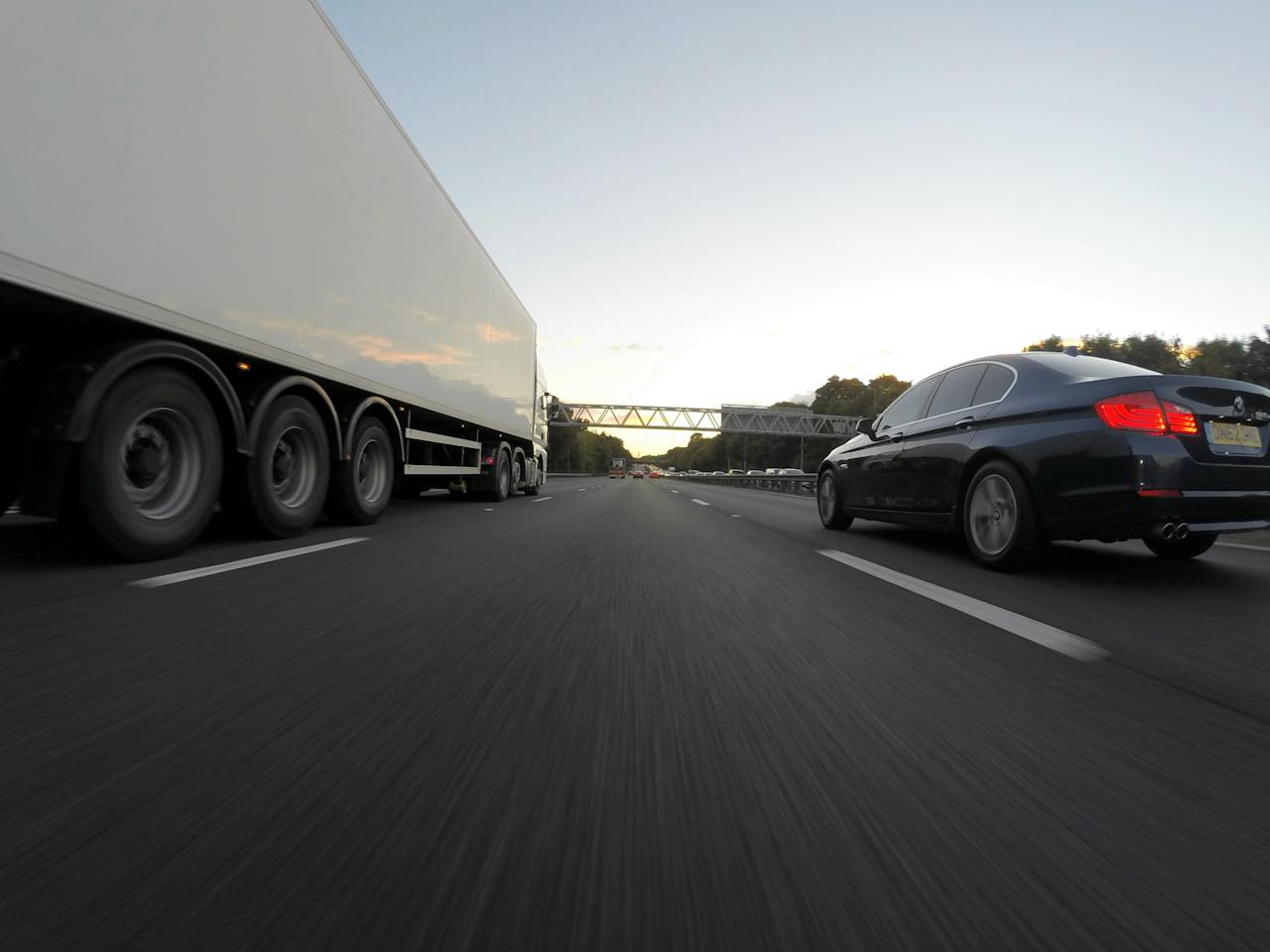The Unseen Dangers of 18-Wheeler Accidents: A Closer Look at Highway Safety
On the vast expanse of America’s highways, 18-wheelers are a common sight, vital to the country’s logistics and commerce. These behemoths, essential for transporting goods across states, pose significant risks often unseen by the average motorist. This article sheds light on the unseen dangers of 18-wheeler accidents, exploring their causes, impacts, and the ongoing efforts to enhance highway safety.
The Scale of the Issue
18-wheelers, due to their massive size and weight, can cause catastrophic damage in the event of an accident. As noted by a 18 wheeler accident lawyer in Atlanta, the consequences are often more severe than those involving only smaller vehicles. According to the National Highway Traffic Safety Administration (NHTSA), large truck crashes result in thousands of fatalities and injuries annually, indicating a grave public safety concern.
Understanding the Risks
The risks associated with 18-wheelers are multifaceted. One significant factor is the challenge of maneuvering such large vehicles. Wide turns, long stopping distances, and substantial blind spots make 18-wheelers difficult to operate, especially in dense traffic or hazardous road conditions.
Driver fatigue is another major concern. Long-haul drivers often face grueling schedules, leading to exhaustion that can impair reaction time and judgment. Despite regulations aimed at limiting driving hours, adherence varies, and tracking compliance can be challenging.
Maintenance issues also contribute to accidents. Ensuring that these large vehicles are in optimal condition is crucial, yet sometimes overlooked due to tight schedules or cost-cutting measures.
The Human and Economic Toll
The impact of 18-wheeler accidents extends beyond immediate physical harm. Survivors may face long-term health issues, emotional trauma, and financial burdens due to medical expenses and lost income. The economic cost is also significant, including property damage, emergency response expenses, and increased insurance premiums.
Advancements in Safety Measures
In response to these risks, various safety measures have been implemented. The FMCSA has established regulations to combat driver fatigue, with Hours of Service (HOS) rules and mandatory rest periods. Electronic logging devices (ELDs) ensure compliance with these regulations.
Technological advancements offer additional safety solutions. Features like automatic braking systems, lane departure warnings, and stability control are increasingly common in newer models of 18-wheelers, helping to prevent accidents before they occur.
Improving Driver Training
Driver training is critical in enhancing safety. Programs focusing on defensive driving, hazard recognition, and emergency handling are essential in preparing drivers for the challenges of operating 18-wheelers.
Infrastructure and Policy Role
Improving highway infrastructure plays a key role in enhancing safety. This includes designing roads with the needs of large vehicles in mind and maintaining road quality to prevent accidents. Policy changes, such as stricter safety standards for vehicles and better enforcement of existing regulations, are also vital.
Raising Public Awareness
Educating the public about safe driving practices around 18-wheelers is crucial. Awareness campaigns can inform motorists about maintaining safe distances, avoiding blind spots, and understanding the limitations of large trucks, leading to safer interactions on the highway.
The unseen dangers of 18-wheeler accidents are a significant concern on America’s highways. Addressing these risks requires a comprehensive approach, involving improved regulations, technological advancements, better driver training, enhanced infrastructure, and public awareness. Collaborative efforts from government bodies, the trucking industry, and the public are essential in reducing these accidents and ensuring safer highways for everyone. As 18-wheelers continue to be an integral part of our transportation system, prioritizing their safe operation is not just a matter of logistics but a fundamental aspect of public safety.

